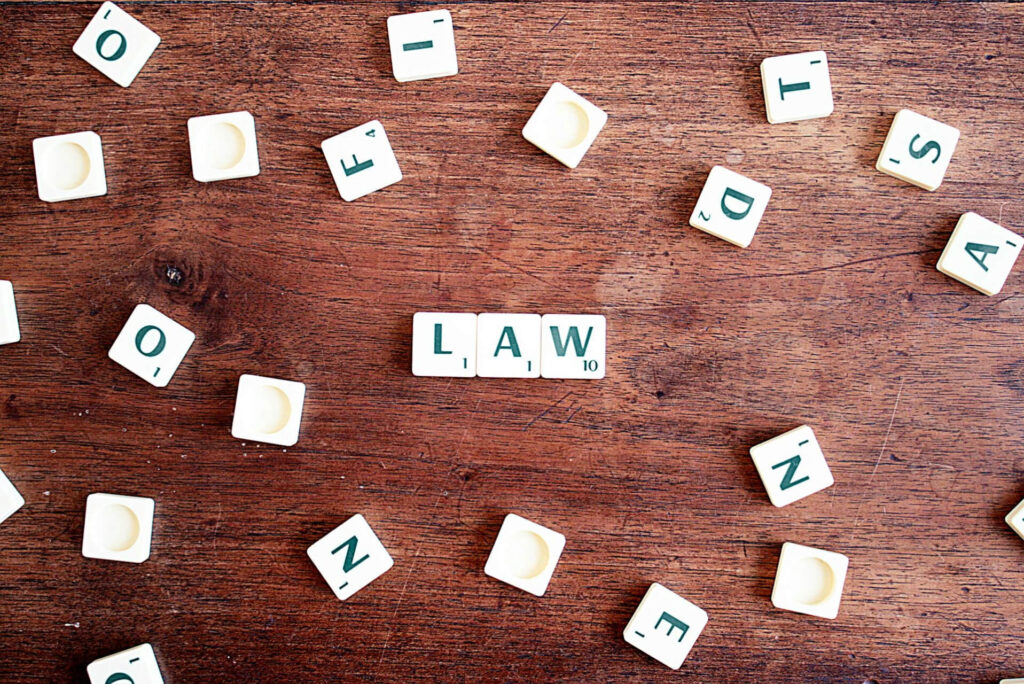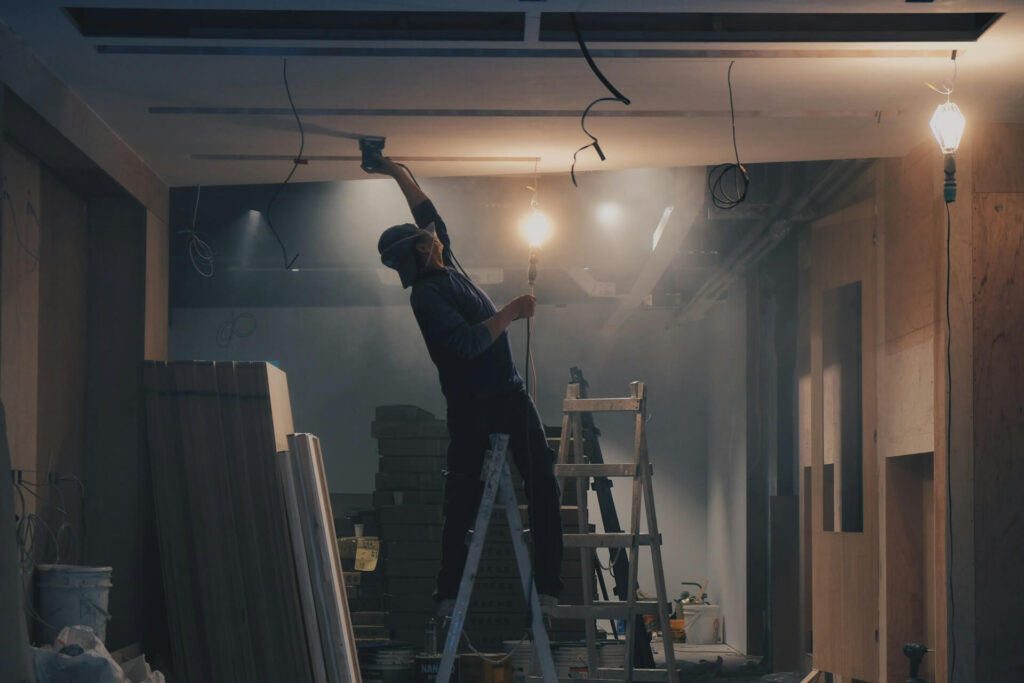In premises liability cases, where owners or landlords are held responsible for injuries due to property conditions, the median award was $90,000. Though ceiling collapses due to negligence are relatively rare in the state, arising from issues like inadequate maintenance and structural defects, they necessitate a nuanced approach to determine settlement amounts.
What is your negligence ceiling collapse claim worth?
Determining the worth of a negligence claim can be challenging due to the unique circumstances of each case. While statistics like the median compensatory damages award for personal injury trials in New York offer insights, they may not fully capture the complexities involved.
The importance of considering individual case specifics over relying solely on averages cannot be overstated. Each case is unique, with its circumstances, factors, and complexities that must be carefully assessed to determine an appropriate course of action.
Factors to consider include:
- The extent and nature of injuries
- Emotional distress and suffering
- The specific circumstances of the collapse
- The degree of carelessness involved
- Lost wages and income due to inability to work
- The quality of legal representation
You should settle for a negligence ceiling collapse claim only when this comprehensive, personalized assessment has been conducted. This approach not only addresses your specific requirements but also significantly increases the likelihood of achieving a favorable outcome and obtaining the fair compensation you deserve.
Here's what one of our clients, Valois Rivera, has kindly said about us:
Dealt with their staff recently, and couldn’t be any happier with the professionalism and courtesy I received! Really makes things so much easier with an experienced and attentive group at your disposal!
What compensation can you expect from a ceiling collapse claim in NY?
Victims of ceiling collapses are entitled to a range of compensatory damages, tailored to cover both economic and non-economic losses:
- Medical Expenses: This includes costs for emergency treatment, hospitalization, surgeries, medication, rehabilitation, and ongoing medical care.
- Lost Wages: This covers income lost during recovery, including wages, bonuses, and other employment benefits.
- Pain and Suffering: Compensation for this accounts for the physical pain, emotional distress, and psychological trauma experienced by the victim as a result of the ceiling collapse.
- Property Damage: Victims may also be compensated for damage resulting from the collapse, such as damage to personal belongings, furniture, electronics, and structural repairs to the premises.
Evidence is key in these claims. Victims need to present thorough documentation, including medical records and evidence of financial losses, to build a robust case. The involvement of an experienced New York ceiling collapse lawyer can significantly sway the outcome, leveraging their expertise to negotiate and advocate for just compensation.
Additional reading: does insurance cover ceiling collapse
How a lawyer can maximize your settlement
When pursuing a settlement, enlisting the expertise of our seasoned personal injury lawyer can enhance your chances of receiving fair compensation.
- A knowledgeable lawyer understands the intricacies of New York's legal system and can guide you through the complex processes involved in pursuing a claim. From filing paperwork to meeting deadlines and navigating courtroom procedures, a lawyer ensures your case progresses smoothly and efficiently.
- Experienced personal injury lawyers specializing in ceiling collapses know what evidence is crucial for a successful claim. They can gather and present compelling evidence, such as witness testimonies, expert opinions, medical records, and documentation of damages, to strengthen your case and maximize your chances of securing a favorable settlement.
- Insurance companies often try to minimize payouts to victims of ceiling collapses. A skilled lawyer can level the playing field by negotiating with insurance adjusters on your behalf. They know how to advocate for your rights and ensure you receive fair compensation for your injuries, damages, and losses.
- Determining the value of a ceiling collapse claim requires thoroughly assessing various factors, including medical expenses, lost wages, pain and suffering, property damage, and future care needs. A seasoned lawyer can accurately evaluate the full extent of your damages and fight for a settlement that reflects the true value of your case.
- Look for a lawyer with a proven track record of success. Their familiarity with these cases' unique challenges and complexities ensures that you receive informed legal representation tailored to your situation.
- Choose a lawyer who prioritizes your best interests and communicates openly and transparently throughout the legal process. A compassionate attorney will listen to your concerns, address your questions promptly, and keep you informed about the progress of your case every step of the way.
At Ajlouny Injury Law, you are always our priority and aren't just another ceiling collapse lawsuit file on our desks. Our personal injury lawyer in Queens stands by you every step of the way.
Liability in NY ceiling collapses
Determining liability in New York involves assessing the responsibilities of various parties involved. The legal concept of premises liability plays a central role in holding these parties accountable for ensuring the safety of their premises and preventing foreseeable harm to occupants or visitors.
- Property owners may be held liable if they were aware of structural issues or other conditions that could lead to a collapse but failed to take appropriate action to remedy them.
- Landlords must inspect the property regularly, promptly address maintenance issues, and warn tenants of known hazards. Failure to fulfill these obligations could result in liability for injuries caused by a ceiling collapse.
- Contractors hired to perform construction, renovation, or maintenance work on the property may also be held liable if their actions contribute to a ceiling collapse. This could include improper installation of ceiling materials, failure to follow building codes and regulations, or inadequate structural repairs.
Premises liability is the legal doctrine that holds property owners and occupiers responsible for injuries on their property due to negligent maintenance or hazardous conditions. In the context of the ceiling collapse, premises liability applies when it can be demonstrated that the property owner or occupier knew or should have known about a dangerous condition (such as a weakened ceiling) and failed to take reasonable steps to address it.
To establish liability in ceiling collapse cases, several factors must be considered:
- Whether the property owner or occupier knew or should have known about the hazard.
- Whether they had a duty to inspect and maintain the premises (more on this below).
- Whether they took reasonable steps to prevent the collapse, such as conducting inspections, repairing structural defects, or providing adequate warnings to occupants.
Overall, liability hinges on demonstrating reckless actions on the part of the responsible parties and establishing a causal link between their actions or omissions and the resulting injuries.

Negligence law in New York
In New York, the legal concept of negligence forms the foundation of numerous personal injury claims, including those related to ceiling collapses. It refers to the failure to exercise reasonable care in a particular situation, harming another person.
In New York, negligence law follows a well-established framework of four key elements:
- Duty: The defendant had a responsibility to prevent harm, like ensuring a ceiling's safety.
- Breach: The defendant failed to meet this responsibility, possibly by ignoring structural issues.
- Causation: The defendant's failure directly led to the plaintiff's injuries from the ceiling collapse.
- Damages: The plaintiff incurred actual losses, such as medical bills and lost wages, due to this failure.
Within the New York jurisdiction, the approach to these elements is further shaped by state-specific statutes, legal precedents, and case laws. Notably, New York's comparative negligence law may affect the outcome of ceiling collapse claims. This rule allows plaintiffs to recover damages even if they are partly to blame for their own injuries, with the compensation adjusted based on their degree of fault.
We're proud of testimonials like this one from our client Masruf Rahman:
"Paul is highly knowledgeable. Great personality and he "will win" your case. I would recommend someone to him who may be looking for a good lawyer."
General information on NY ceiling collapses
Immediate steps to take following a ceiling collapse
If you find yourself in this chaotic situation, it's essential to take immediate and informed actions to ensure the safety of everyone involved and protect your legal rights.
- First and foremost, ensure everyone is safely out of the affected area. This is critical to prevent any injuries.
- Even if no injuries are apparent, it's important to consult a healthcare professional. Some injuries might not be immediately obvious.
- Prevent access to the collapsed area to avoid further risks or injuries to others.
- Take detailed photos and videos of the scene and any visible damages. Write down your account of the event and any factors leading up to it. This documentation will be invaluable for any future claims or legal action.
- Inform the property owner or landlord about the collapse as soon as possible. Written communication is preferable for record-keeping.
- Depending on the severity, it might be necessary to report the incident to local building authorities or emergency services to ensure the area is declared safe.
- Avoid making any changes to the collapsed area or repairs until it has been properly documented and assessed by professionals.
- Consult with a legal expert to understand your rights and the next steps, especially if you believe the collapse was due to negligence. An attorney can guide you through the process of securing compensation for any damages or injuries.
Additional reading: apartment ceiling collapse: what to do next
Causes of ceiling collapses in New York
Identifying the cause of a ceiling collapse is incredibly important because it helps determine who is responsible for the incident and is liable for any damages or injuries. By pinpointing the specific factors that led to the collapse, it becomes possible to attribute accountability to relevant parties, such as property owners, contractors, or maintenance personnel.
The common issues that can lead to a ceiling collapse in New York are:
- Water Damage: Leaks, burst pipes, or inadequate drainage systems can lead to moisture accumulation, weakening the structural integrity of ceilings over time.
- Structural Failure: Age, substandard construction, or improper renovation can result in weaknesses within the building's framework.
- Poor Maintenance: Neglected repairs and upkeep allow small issues to escalate, contributing to the gradual deterioration of ceilings and amplifying the risk of collapse.
- Natural Disasters: Earthquakes, hurricanes, or severe storms can exert immense pressure on buildings, leading to structural damage.
- Improper Construction Materials: The use of subpar or inappropriate materials during construction or renovation can compromise the stability of ceilings, increasing the likelihood of collapse over time.
- Overloading: Excessive weight placed on ceilings, such as heavy equipment, furniture, or storage, can exceed load-bearing capacities.
Possible injuries from ceiling collapses
Ceiling collapses can result in devastating injuries for those unfortunate enough to be caught in such incidents. Understanding the potential harm that can arise from these events is crucial for both prevention and response efforts. Here are the injuries commonly sustained in such incidents:
- Concussions
- Traumatic brain injuries
- Broken bones
- Spinal injuries
- Lacerations
- Crush injuries
- Internal bleeding
- Soft tissue injuries
- Neck injuries
- Dislocations
The impact of these injuries on victims' lives can be profound, affecting their physical health, emotional well-being, and financial stability. In addition to the emotional distress and suffering endured, victims may face medical expenses, lost wages due to inability to work, and ongoing rehabilitation costs.
Documenting these injuries is crucial for compensation claims, providing evidence of the extent of harm suffered and the associated damages incurred. Medical records, photographs of injuries, and testimony from healthcare professionals can help substantiate claims and ensure that victims receive rightful compensation for their losses.
Signs your ceiling might collapse
Recognizing the early warning signs of a potential ceiling collapse is crucial for ensuring the safety of occupants and preventing catastrophic accidents. The common signs you should look out for are:
- Watch for widening or sudden appearance of cracks, indicating structural weaknesses.
- Water stains signal potential water damage, weakening the ceiling's integrity.
- Visible sagging indicates structural stress and potential collapse.
- Creaking or popping noises suggest underlying structural issues.
- Crumbling materials, rust, or pest damage indicate ongoing degradation.
By remaining vigilant and proactive in identifying and addressing warning signs of a potential ceiling collapse, occupants can help ensure their safety and minimize the risk of injury or property damage.
Don’t settle for less than you deserve – Call today!
From identifying early warning signs to pursuing fair compensation, this blog post has highlighted crucial steps for victims to take. However, it's essential to remember that seeking professional legal assistance can make all the difference in maximizing your settlement.
By enlisting the expertise of a seasoned Brooklyn personal injury lawyer, you can confidently navigate legal processes and negotiate effectively with insurance companies.
Contact us today at 718-521-2251 to ensure your rights are protected and to schedule a free consultation with our injury attorney.



